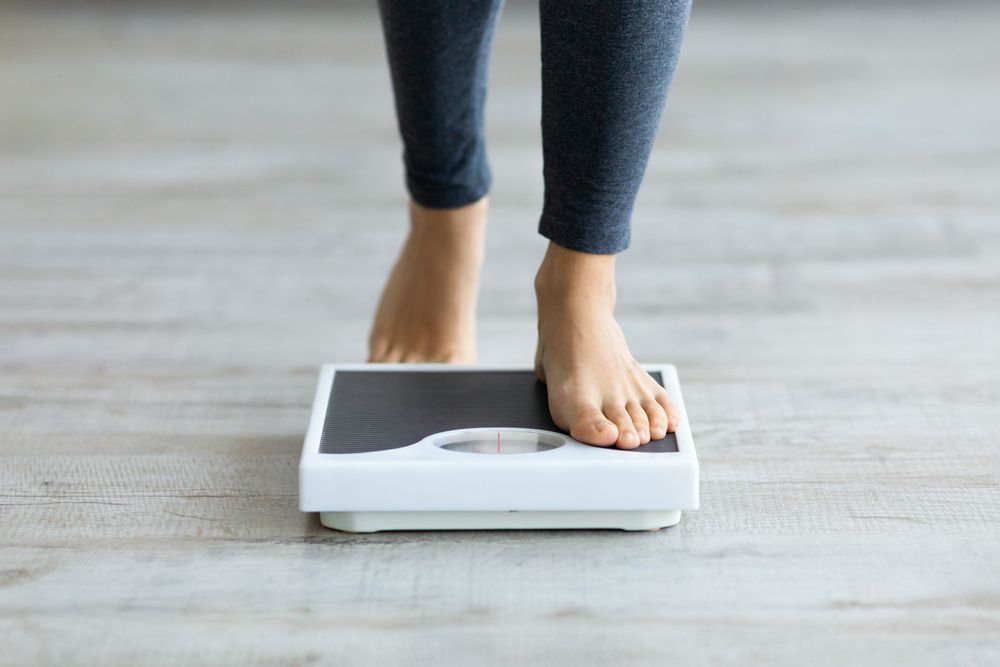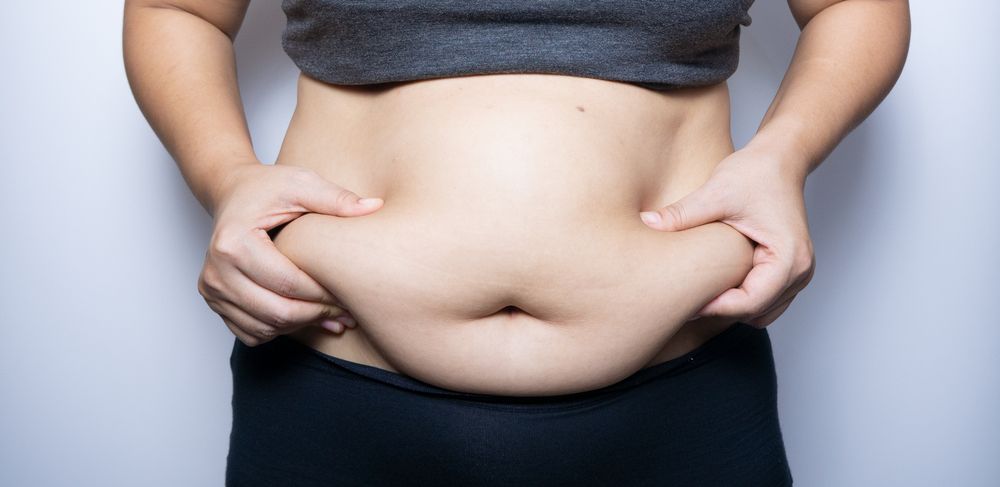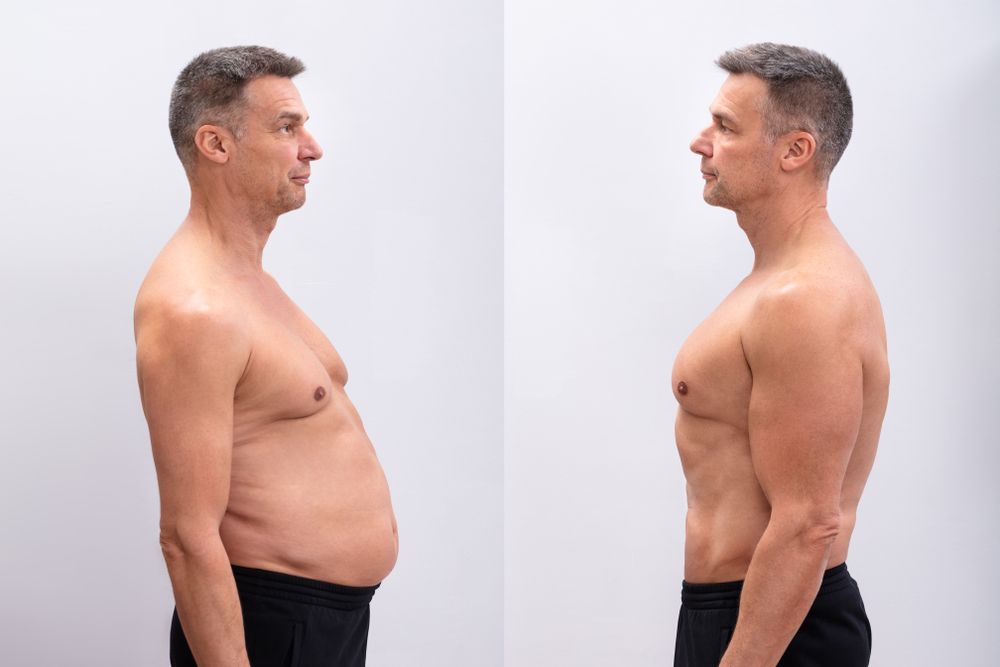If embarking on a weight-loss journey, it's natural to have a flurry of thoughts and inquiries swirling in your mind. You're probably contemplating healthy dietary adjustments and the optimal exercise regimen to integrate into your routine for safe and enduring weight loss. Moreover, you might be pondering the disparity between shedding pounds and reducing body fat. We consulted with specialists who elucidate this distinction for you.
Keep reading to delve deeper into this topic.
Weight Loss Vs. Fat Loss: Understanding The Contrast

First, let's tackle weight loss. "Weight loss encompasses the overall reduction in weight from all parts of the body," clarifies Annette Snyder, MS, RD, CSOWM, LD, of Top Nutrition Coaching. "This includes muscle, water, and fat."
When you step on a scale, you'll observe the total weight lost. However, discerning the precise amount of fat lost isn't feasible.
"Fat loss refers specifically to the decrease in stored fat within the body," Snyder elaborates. "Alterations in body fat may not always correlate with the magnitude of weight change recorded on a scale."
Should Your Aim Be To Shed Pounds Or Reduce Body Fat?

When weight is shed rapidly, it often involves a loss of lean muscle mass due to significant caloric restriction. Consequently, the number displayed on the scale may not accurately represent your overall well-being. Annette Snyder advises, "Rapid weight loss can lead to muscle loss, making weight regain easier and potentially impacting metabolism and digestion negatively in the long term. Thus, opting for a slower, more sustainable approach to weight change is advisable."
Prioritizing the reduction of body fat is paramount, as Snyder emphasizes the significance of maintaining a favorable fat-to-muscle ratio for overall health and vitality. She highlights the risks associated with accumulating body fat, particularly visceral fat surrounding internal organs, which heightens the likelihood of various health issues.
"When there are excessive fat cells, insulin—the hormone responsible for transporting glucose to necessary areas—loses its efficiency, leading to cellular resistance (a key aspect of type 2 diabetes)," she explains. "It's crucial to understand that fat loss primarily entails depleting the stored content within fat cells, while the cells themselves persist indefinitely. They merely expand or contract based on demand, and once a fat cell reaches its maximum capacity, new ones form to accommodate excess storage."
Lisa Young, Ph.D., RDN, author of "Finally Full, Finally Slim," a practicing nutritionist, and a member of our Medical Expert Board, shares similar sentiments, asserting, "The goal should be fat loss to preserve lean body mass, as weight loss may signify muscle depletion. Reducing body fat enhances body composition, diminishes chronic disease risks, and bolsters heart health."
It's worth noting, as Annette Snyder emphasizes, that not all fat is detrimental; maintaining an "essential amount" is vital for optimal bodily functions.
How Do You Differentiate Between Fat Loss and Weight loss?

An effective method to discern fat loss is by paying attention to changes in how your clothing fits, particularly around the waistline. "Alterations in fit can often signal the onset of fat loss," explains Snyder. "Regularly measuring the waist and hips can also offer ongoing insights, provided that the measured areas remain consistent."
Additionally, employing a body composition scale can be beneficial, although it's essential to note that factors like hydration levels can influence the scale's readings.
"Skliefold calipers remain a viable option," Snyder suggests. "These devices pinch fat at specific sites and measure the thickness compressed by the calipers. Specific body areas, such as the triceps, should be consistently measured to track progress accurately."

